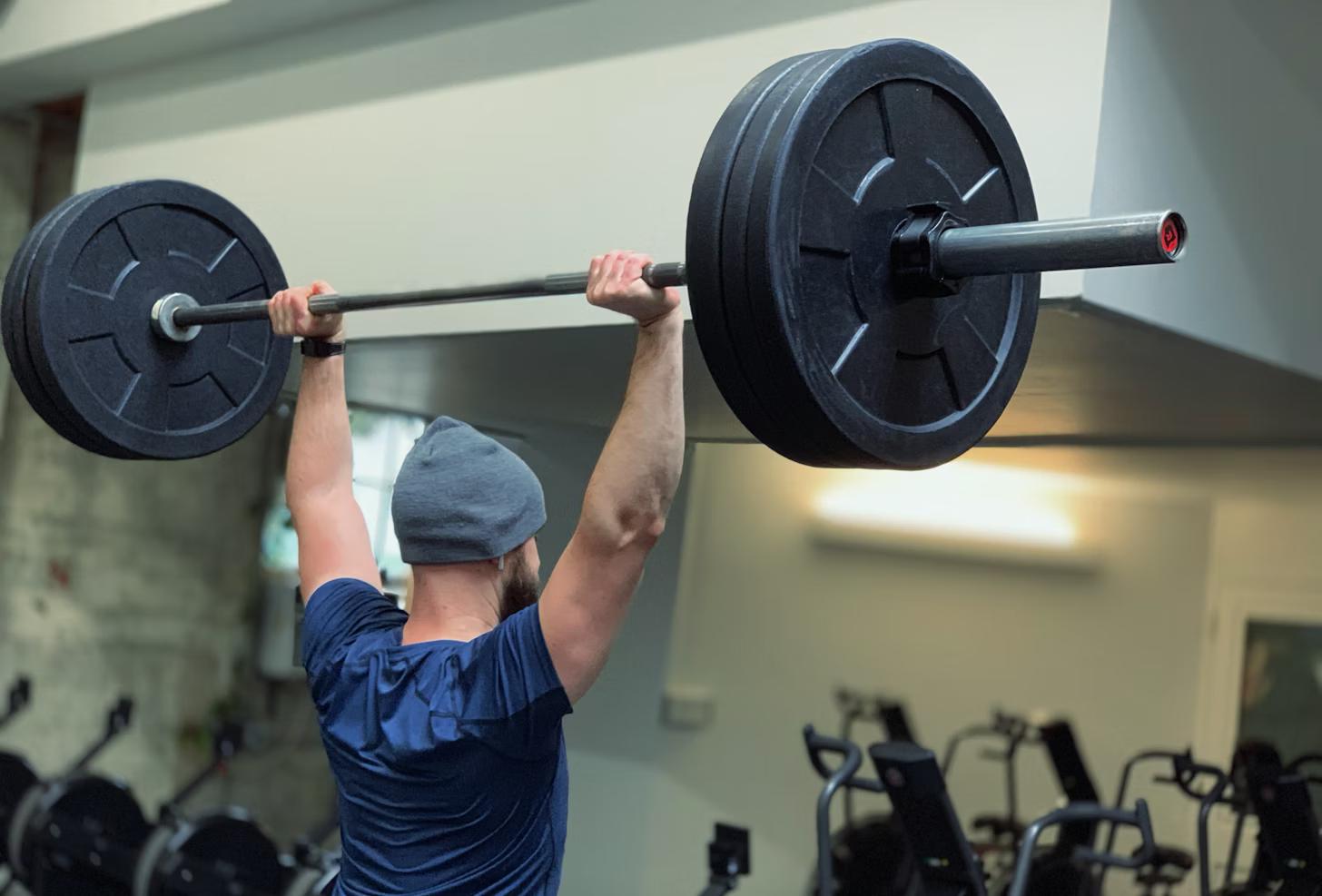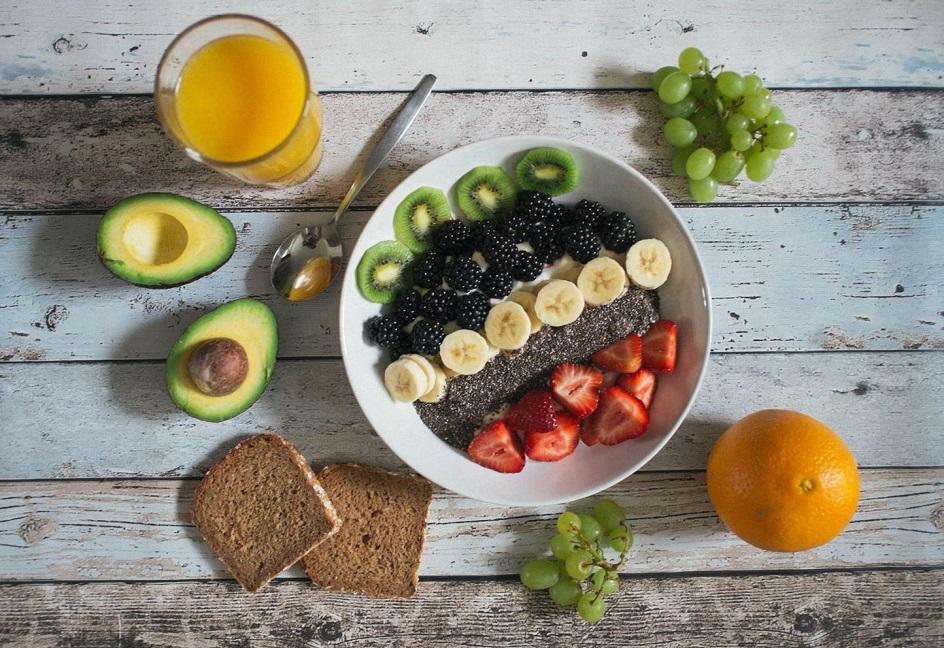Navigating through the world of fitness can sometimes feel like deciphering an intricate code. With an abundance of advice on how to achieve and maintain physical fitness, it’s crucial to understand the core indicators that signify someone is truly in good shape. These indicators go beyond mere appearance or the ability to lift heavy weights. They encompass a range of physiological and performance-based factors that paint a comprehensive picture of one’s health and fitness levels.
By familiarizing ourselves with these signs, we can better assess our fitness journey and make informed decisions toward leading a healthier lifestyle. In this blog, we’ll explore the key signs of physical fitness, shedding light on what it truly means to be fit and how to determine if someone is maintaining a robust and healthy lifestyle.

Key Indicators of Physical Fitness:
Physical fitness is an essential aspect of a healthy lifestyle, but how can one tell if they are truly fit? While fitness encompasses various components, certain key indicators provide valuable insights into an individual’s physical condition. Understanding these indicators can help anyone ascertain whether they or others are in good shape, aiding in setting more precise fitness goals or adjusting existing routines.
- Body Composition
Body composition is a fundamental indicator of fitness, referring to the percentage of fat, bone, water, and muscle in the body. Individuals with a higher muscle mass and lower fat percentage are often considered physically fit. This is because a healthy body composition supports efficient metabolism, enhances energy levels, and reduces the risk of chronic diseases such as obesity, heart disease, and type 2 diabetes. Evaluating body composition can involve various methods, including body mass index (BMI) calculations, skinfold measurements, and bioelectrical impedance analysis (BIA), each offering a glimpse into an individual’s fitness level.
- Cardiovascular Endurance
A person’s ability to perform large muscle, dynamic, moderate-to-high intensity exercise for prolonged periods is a testament to their cardiovascular endurance. This fitness component is crucial as it reflects the efficiency of the heart, lungs, and circulatory system in delivering oxygen and nutrients to the working muscles during physical activity. Indicators of good cardiovascular endurance include a lower resting heart rate, quicker recovery time after intensive exercise, and the capacity to sustain activities like running, swimming, or cycling at a consistent pace without undue fatigue.
- Muscular Strength
Muscular strength, referring to the maximum amount of force a muscle or muscle group can exert in a single effort, is another vital sign of fitness. High levels of muscular strength contribute to better overall health, enhanced bone density, improved metabolic rate, and lower risk of injuries. Indicators of good muscular strength include the ability to carry out daily tasks with ease, performance of strength-based activities like lifting heavy objects without strain, and a visible toned muscle appearance.
- Flexibility
Flexibility, the range of motion available at a joint or group of joints, is an often overlooked component of physical fitness. A good flexibility level is indicative of a fit and healthily functioning body. It contributes to better posture, reduced muscle soreness and tension, and a lower risk of injuries during physical activities. Flexibility varies from person to person but can be improved with regular stretching exercises. Indications of good flexibility include being able to perform movements, such as bending, twisting, and stretching, with ease and without discomfort.
Assessing Fitness Levels:
Determining one’s fitness level is crucial for setting realistic goals, tracking progress, and adjusting workouts as necessary. Assessment methods range from simple fitness tests and measurements that can be done at home or in a gym setting to more sophisticated tracking over time. These assessments offer a starting point for anyone looking to begin or modify their fitness journey effectively.
Fitness Tests and Measurements:
Several tests and measurements can help determine one’s physical fitness level. Common methods include:
- Body Composition Analysis: Techniques like BMI calculations, skinfold calipers, and BIA provide insights into the percentage of body fat relative to lean muscle mass.
- Cardiorespiratory Fitness Tests: The Cooper run test, where one measures the distance run or walked in 12 minutes, or the step test, which observes recovery rate after intense stepping exercise, can indicate cardiovascular endurance.
- Strength and Endurance Tests: Push-ups, sit-ups, and other exercises that count how many repetitions a person can do in a set amount of time help measure muscular strength and endurance.
- Flexibility Tests: The sit and reach test, where the distance reached forward while seated on the floor with legs stretched out, measures the flexibility of the lower back and hamstrings.
Tracking Progress:
Monitoring your fitness journey is key to achieving and maintaining high levels of physical fitness. Tracking progress can motivate by providing tangible evidence of improvement and help adjust training as needed. Methods include:
- Keeping a Fitness Journal: Documenting workouts, including exercises performed, volumes, intensities, and personal notes on how the session felt, can reveal patterns and areas for improvement.
- Using Fitness Apps and Wearables: Many modern devices and apps can track various fitness metrics such as steps taken, calories burned, heart rate, sleeping patterns, and more, offering a comprehensive view of one’s daily physical activity levels.
- Regular Reassessment: Re-taking fitness tests and measurements every few weeks or months can directly show improvements in fitness levels, encouraging further effort and dedication.
In conclusion, understanding the key indicators of physical fitness and knowing how to assess one’s fitness levels are crucial steps toward achieving a healthier lifestyle. By paying attention to body composition, cardiovascular endurance, muscular strength, and flexibility, individuals can develop more targeted and effective fitness routines. Furthermore, through regular assessments and tracking, anyone can stay motivated and informed on their progress, making necessary adjustments along the way to ensure continual improvement in their physical fitness.
Importance of Physical Fitness:
Physical fitness is not merely about achieving a slender or muscular physique; it encompasses much more. It involves the well-being of your heart, lungs, muscles, and bones. Being physically fit means that your body functions at its optimal level, providing you with the energy to tackle daily tasks effortlessly. In today’s fast-paced world, where lifestyles can be sedentary, and processed foods are prevalent, maintaining physical fitness becomes indispensable. It acts as a cornerstone for a long, healthy, and fulfilling life.
Benefits of Being Fit:
The benefits of being physically fit are manifold, positively impacting various aspects of one’s life. Here are some of the most significant advantages:
- Enhanced Cardiovascular Health: Regular physical activity strengthens the heart muscle, improves blood circulation, and lowers blood pressure. This reduces the risk of heart disease and stroke.
- Improved Muscle and Bone Health: Weight-bearing exercises contribute to building and maintaining muscle mass and bone density, warding off conditions like osteoporosis and sarcopenia as you age.
- Weight Management: Being active boosts your metabolism and helps in maintaining a healthy weight, reducing the risk of obesity-related diseases.
- Boosted Mental Health: Exercise is a powerful mood elevator. It reduces stress, anxiety, and symptoms of depression, thanks to the release of endorphins, often referred to as the body’s natural painkillers and mood lifters.
- Better Sleep Quality: Regular exercisers often report better sleep patterns, including falling asleep faster and enjoying deeper sleep.
- Increased Energy Levels: Improved strength, stamina, and energy are immediate offshoots of staying fit. This means being able to do more of what you love, be it pursuing hobbies, playing with your kids, or traveling.
Effects on Overall Well-being:
The profound impact of physical fitness extends beyond the physical benefits, deeply influencing one’s overall well-being.
- Self-Esteem and Confidence: Achieving fitness goals, such as running a certain distance or lifting a new weight, can significantly boost self-esteem and confidence. Seeing physical improvements and feeling stronger also contribute to a positive self-image.
- Social Connections: Engaging in group sports, classes, or gym sessions can lead to meeting new people and developing friendships, thus enhancing social well-being.
- Cognitive Function: Studies have shown that regular physical activity can help preserve cognitive function and delay the onset of dementia. It improves brain health by promoting the flow of blood and oxygen to the brain.
- Improved Quality of Life: Being fit allows you to live your life to the fullest, making everyday tasks easier and more enjoyable. It opens up opportunities for activities that might not have been feasible otherwise, from hiking and biking to engaging in competitive sports.
In conclusion, the importance of physical fitness cannot be overstated. It is truly the bedrock of a healthy lifestyle, augmenting not only physical health but also emotional, social, and cognitive well-being. Adopting a physically active lifestyle can thus be one of the most rewarding decisions one makes, paving the way for a happier, longer, and more fulfilling life.
Maintaining a Healthy Lifestyle:

Maintaining a healthy lifestyle is crucial for ensuring long-term physical fitness. It encompasses a balanced diet, regular physical activity, and sufficient rest, all of which contribute to your overall health and well-being.
Proper Nutrition
A balanced diet is vital in maintaining physical fitness. It should include a variety of foods that provide necessary nutrients: proteins for muscle repair and growth, carbohydrates for energy, healthy fats for energy and cell growth, and a wide range of vitamins and minerals for body functions. Fruits, vegetables, lean meats, whole grains, and low-fat dairy products should form the foundation of your diet. Hydration is also key; drinking ample water each day supports every function of your body, from digestion to muscle function.
Regular Exercise Routine
Staying active is another pillar of maintaining fitness. A regular exercise routine should include a mix of cardiovascular exercises, strength training, and flexibility workouts:
- Cardiovascular exercises, like jogging, swimming, or cycling, improve heart health and endurance.
- Strength training, through body-weight exercises or lifting weights, helps build muscle mass and improves metabolic rate.
- Flexibility workouts, such as yoga or stretching, enhance movement range and decrease injury risk.
Variety in your exercise routine keeps it enjoyable and ensures you’re working your whole body.
Adequate Rest and Recovery
Lastly, your body needs time to recover after exertion. Adequate rest and recovery are as important as the exercise itself. Adults should aim for 7-9 hours of sleep per night to allow the body to repair and grow stronger. Incorporating rest days into your exercise routine prevents overtraining and allows muscles to heal, which in turn, can improve your overall performance and fitness level. Listen to your body; if you’re feeling worn out, take the time to rest.
